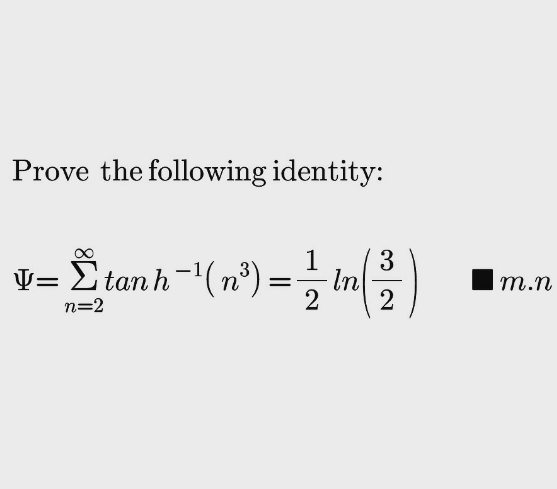
AllQuestion and Answers: Page 478
Question Number 171800 Answers: 0 Comments: 0

Question Number 171799 Answers: 0 Comments: 0
Question Number 171798 Answers: 0 Comments: 0
Question Number 171796 Answers: 0 Comments: 0
Question Number 171795 Answers: 0 Comments: 0
Question Number 171793 Answers: 0 Comments: 1

Question Number 171794 Answers: 0 Comments: 0
Question Number 171773 Answers: 2 Comments: 0
Question Number 171772 Answers: 0 Comments: 1
$${solve}: \\ $$$${x}^{{x}} =\mathrm{27}{x}^{\mathrm{2}} .\:{find}\:{x} \\ $$
Question Number 171771 Answers: 2 Comments: 0
$${solve}: \\ $$$$\mathrm{2}^{{x}} =\mathrm{4}{x}.\:{find}\:{x} \\ $$
Question Number 171765 Answers: 2 Comments: 0

Question Number 171762 Answers: 1 Comments: 0
Question Number 171761 Answers: 0 Comments: 0
Question Number 171759 Answers: 1 Comments: 0
Question Number 171757 Answers: 0 Comments: 0
Question Number 171756 Answers: 0 Comments: 4
Question Number 171755 Answers: 0 Comments: 0
Question Number 171749 Answers: 2 Comments: 0
Question Number 171742 Answers: 0 Comments: 3
Question Number 171739 Answers: 0 Comments: 2
Question Number 171730 Answers: 1 Comments: 0
Question Number 171728 Answers: 1 Comments: 0
Question Number 171727 Answers: 3 Comments: 0

Question Number 176836 Answers: 0 Comments: 3
Question Number 176839 Answers: 2 Comments: 0
Question Number 171725 Answers: 1 Comments: 0

Pg 473 Pg 474 Pg 475 Pg 476 Pg 477 Pg 478 Pg 479 Pg 480 Pg 481 Pg 482
